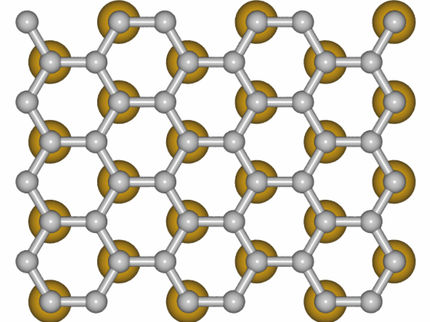New material for highly efficient data processing
A new material could aid in the development of extremely energy efficient IT applications. The material was discovered by an international research team in cooperation with Martin Luther University Halle-Wittenberg (MLU). The electrons at the oxide interface of the material possess special properties which drastically increase the conversion rate of spin current to charge current. This is the foundation for future spintronic applications. The new material has been found to be more efficient than any previously investigated material, the team writes in the journal "Nature Materials".
Electric current flows through all technical devices. Heat is generated and energy is lost. Spintronics explores new approaches to solving this issue that utilise a special property of electrons: spin. This is a type of intrinsic angular momentum of electrons that generates a magnetic torque and it is what causes magnetism. The idea behind spintronics is: If spin current flows through a material instead of an electrical charge, no heat is generated and significantly less energy is lost in the device. "However, this approach still requires an electric current for the device to work. Therefore, an efficient spin-to-charge conversion is necessary for this novel technology to work," explains Professor Ingrid Mertig, a physicist at MLU. Her research group is part of the international research team that discovered the new material. The work was led by the French physicist Dr Manuel Bibes, who conducts research at the institute Centre national de la recherche scientifique (CNRS) - Thales.
The group investigated the interface between two oxides. "The two substances are actually insulators and are non-conductive. However, a kind of two-dimensional electron gas forms at their interface, which behaves like a metal, conducts current and can convert charge current into spin current with extremely high efficiency," explains Mertig. Dr Annika Johansson and Börge Göbel, two members of her research group, provided the theoretical explanation for this unusual observation. According to the researchers, the new material is significantly more efficient than any other known material. This could pave the way for the development of new, energy-saving computers.
Original publication
Other news from the department science

Get the chemical industry in your inbox
By submitting this form you agree that LUMITOS AG will send you the newsletter(s) selected above by email. Your data will not be passed on to third parties. Your data will be stored and processed in accordance with our data protection regulations. LUMITOS may contact you by email for the purpose of advertising or market and opinion surveys. You can revoke your consent at any time without giving reasons to LUMITOS AG, Ernst-Augustin-Str. 2, 12489 Berlin, Germany or by e-mail at revoke@lumitos.com with effect for the future. In addition, each email contains a link to unsubscribe from the corresponding newsletter.
Most read news
More news from our other portals
Last viewed contents

Machine learning accelerates the chase for safer, better batteries - Faster and more cost-effective development of new solid-state electrolyte materials
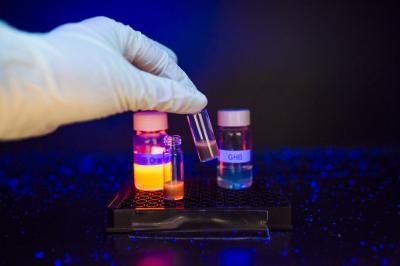
World's first fluorescent sensor to detect date rape drug
Fluor Secures Kearl Oil Sands Contract in Canada
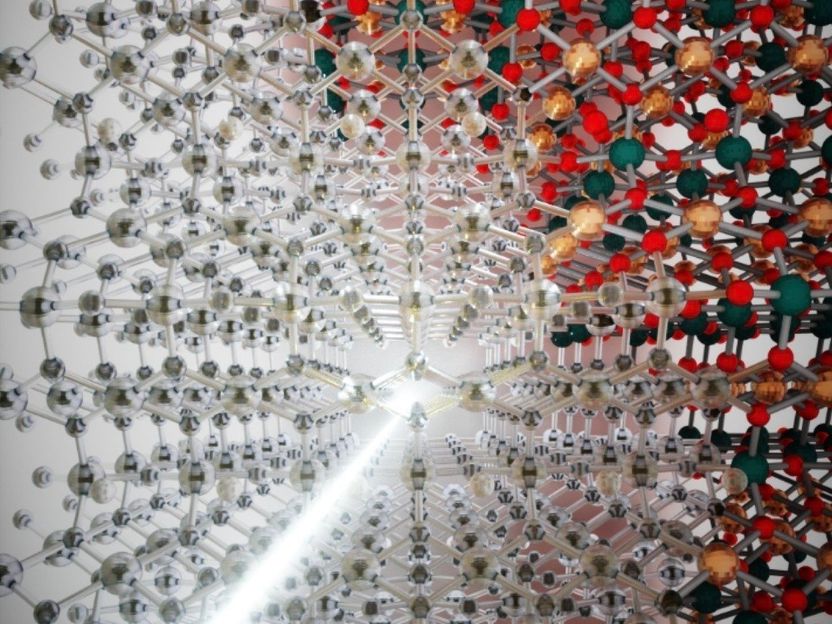
Inducing transparency by kicking the atoms
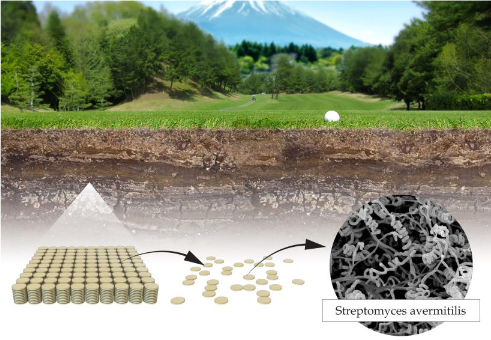
From bacteria and plants to novel anti-parasite therapies - Research insight to Nobel laureates Cambell and Omura
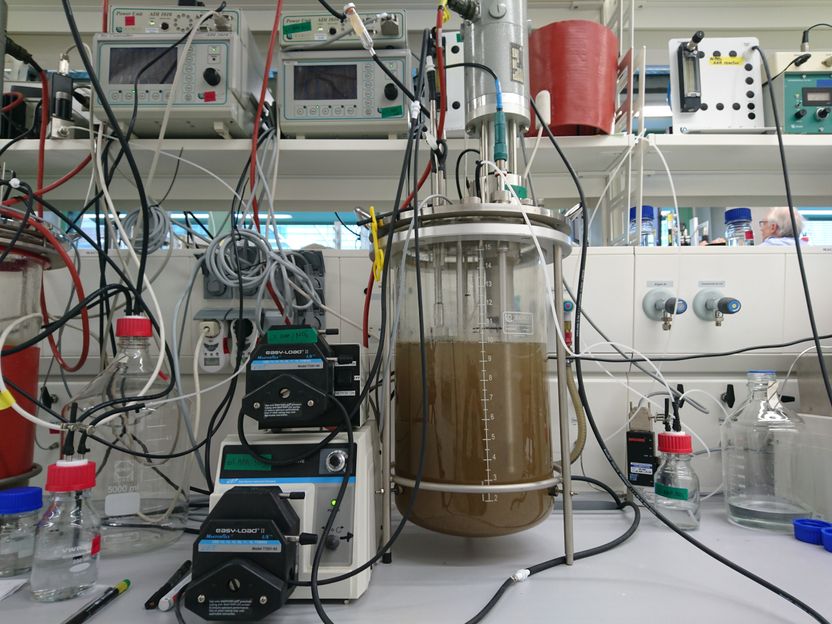
Here comes the long-sought-after iron-munching microbe
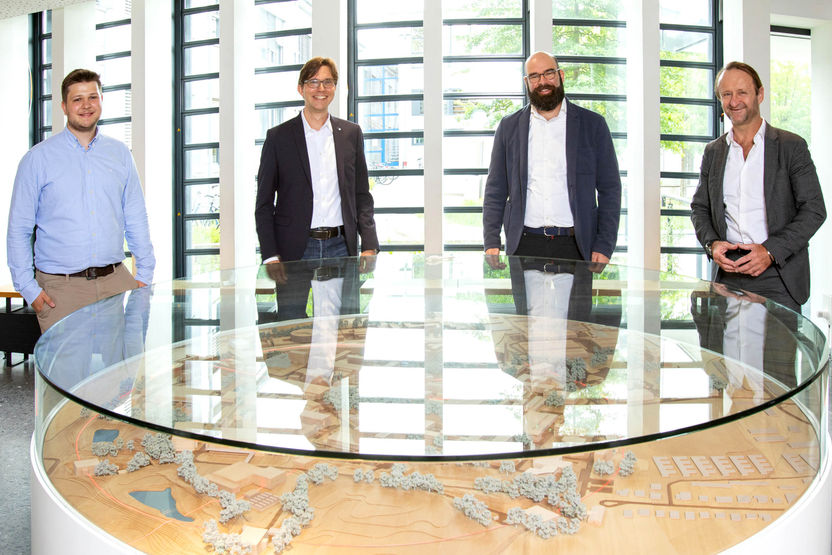
Tailor-made X-rays for research and development - Start-up expansion with funding from IFB Hamburg

Carl Zeiss Meditec AG - Jena, Germany

Robert Zapp Werkstofftechnik GmbH - Ratingen, Germany

New, low-cost battery built with four times the capacity of lithium - New battery technology has potential to significantly reduce energy storage costs

